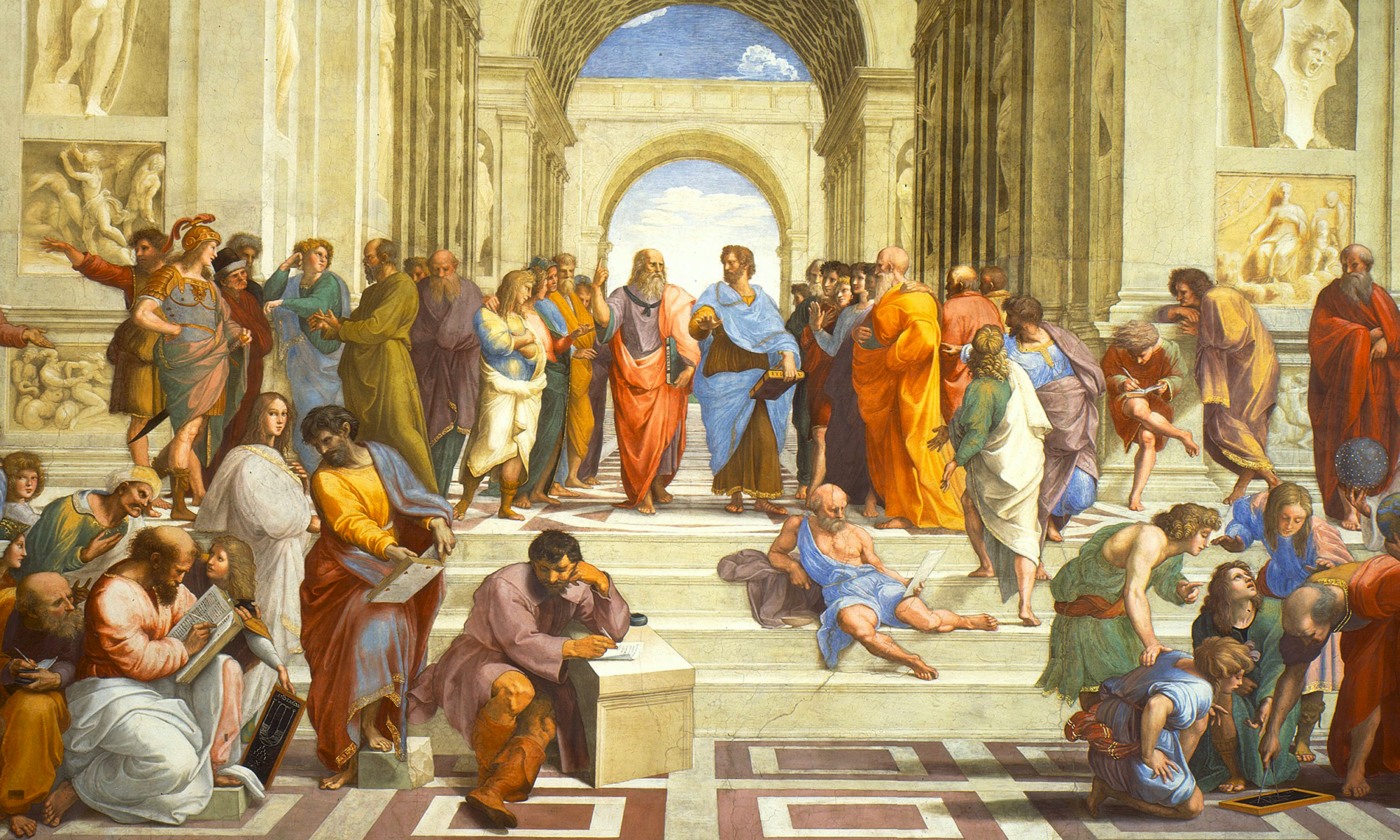 Brill is publishing a revised version of Francis G.H. Pang’s doctoral dissertation, Revisiting Aspect and Aktionsart: a corpus approach to Koine Greek event typology. Pang completed the dissertation at McMaster Divinity College in May of 2014.
Brill is publishing a revised version of Francis G.H. Pang’s doctoral dissertation, Revisiting Aspect and Aktionsart: a corpus approach to Koine Greek event typology. Pang completed the dissertation at McMaster Divinity College in May of 2014.
As with all things Brill, the projected price puts the book out of reach for most biblical scholars and seems more directed at library collections: $142 (€110).
Here’s what the abstract says at Brill’s website:
In Revisiting Aspect and Aktionsart, Francis G.H. Pang employs a corpus approach to analyze the relationship between Greek aspect and Aktionsart. Recent works have tried to predict the meanings that emerge when a certain set of clausal factors and lexical features combine with one of the grammatical aspects. Most of these works rely heavily on Zeno Vendler’s telicity distinction. Based on empirical evidence, Pang argues that telicity and perfectivity are not related in a systematic manner in Koine Greek. As a corollary, Aktionsart should be considered an interpretive category, meaning that its different values emerge, not from the interaction of only one or two linguistic parameters, but from the process of interpreting language in context.
The Library of Congress entry for the book indicates that there is an online version, but I have been unable to find it.
I will have an entry prepared for the bibliography here at Greek-Language.com later in the day today.
